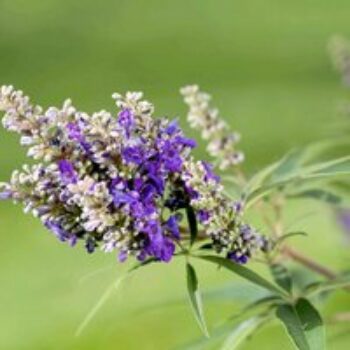Brazil recently announced a plan to restore an area of degraded land about half the size of the U.K. by 2030, in a bid to combat climate change and biodiversity loss.
The Planaveg 2.0 initiative, launched at the U.N. biodiversity summit, COP16, in Colombia on Oct. 28, aims to restore 12 million hectares (30 million acres), about half of Brazil’s degraded land area.
Home to 15-18% of the world’s known species, Brazil is the most biodiverse nation on Earth, making it a key player in global ecosystem restoration. But with funding not fully secured and a federal election scheduled for 2027, meeting the target will be challenging.
“Given the urgency of the climate crisis we are facing, not implementing this plan would cost far more,” Fabíola Zerbini, director of forests at Brazil’s environment ministry, told Mongabay by phone.
A strategic 5.6 million hectares (14 million acres) is already undergoing natural regrowth in the Amazon, she said, and will be on track to recover and spread new forest with minimal assistance.
Planaveg’s success also hinges on environmental compliance by private landowners, who account for 75% of the restoration target. Under Brazilian law, these landowners must preserve part of their property as natural vegetation; the figure is 80% in the Amazon, and lower in other biomes.
Today, a total of 21 million hectares (52 million acres) await recovery. High restoration costs and lack of political will have historically held back enforcement, but Zerbini said low-interest credit and carbon credit projects should serve as incentives.
“If we work well, 9 million of those 21 hectares can be on track for recovery by 2030. It’s a serious task and requires consistent monitoring, but the target is not unrealistic,” Zerbini said.
So far, 9.9 million reais ($1.7 million) has been allocated from the Amazon Fund and a climate fund managed by Brazil’s largest public bank. Public funding is a starting point to attract private investment to cover the remaining costs, Zerbini added.
In some areas, like the Amazon, low-cost natural regeneration can work by simply allowing vegetation to grow back on its own. But heavily deforested regions and productive agroforestry systems can require planting up to 1,000 trees per hectare (400 per acre) at a cost of up to $3,500 per hectare ($1,400 per acre), Zerbini said.
“There’s no doubt it’s a positive step for Brazil to be moving toward restoration,” Carlos Nobre, one of Brazil’s leading climate scientists and a senior researcher at the University of São Paulo, told Mongabay in an audio message. “But we need to see how this will play out and how we can quickly secure financing mechanisms for restoration.”
Banner image: Brazilian Environment and Climate Change Minister Marina Silva, center, with Indigenous Peoples Minister Sonia Guajajara, right, and João Paulo Capobianco, executive secretary of the environment ministry, at COP16 in Colombia. Image courtesy of the Brazilian Ministry of Environment and Climate Change.








